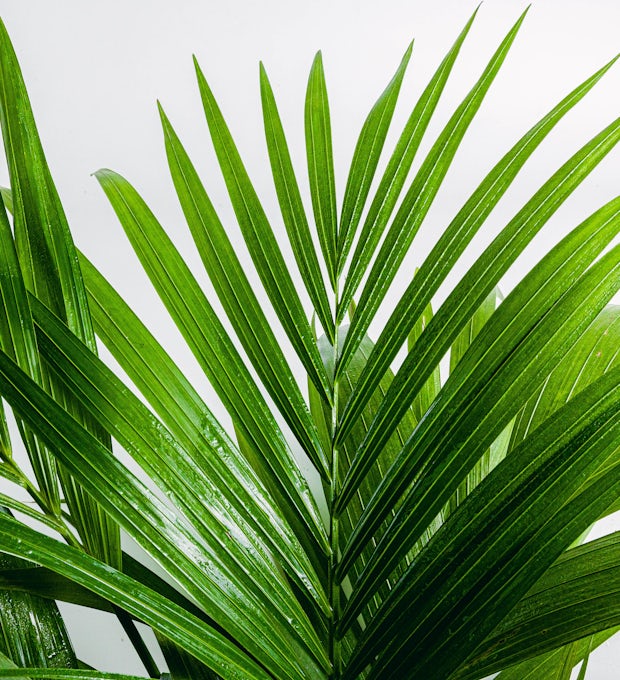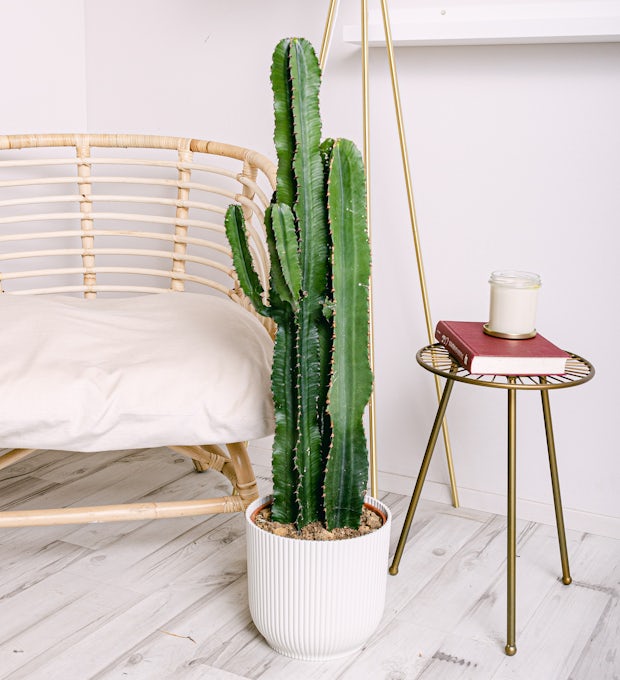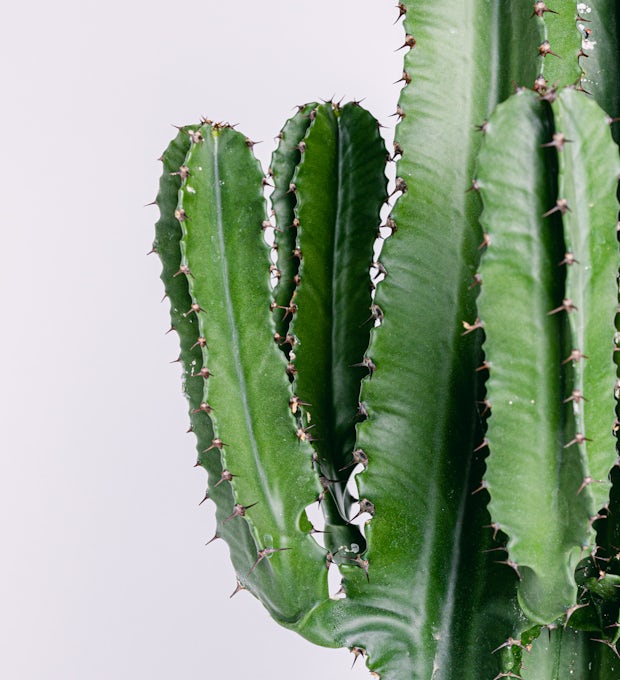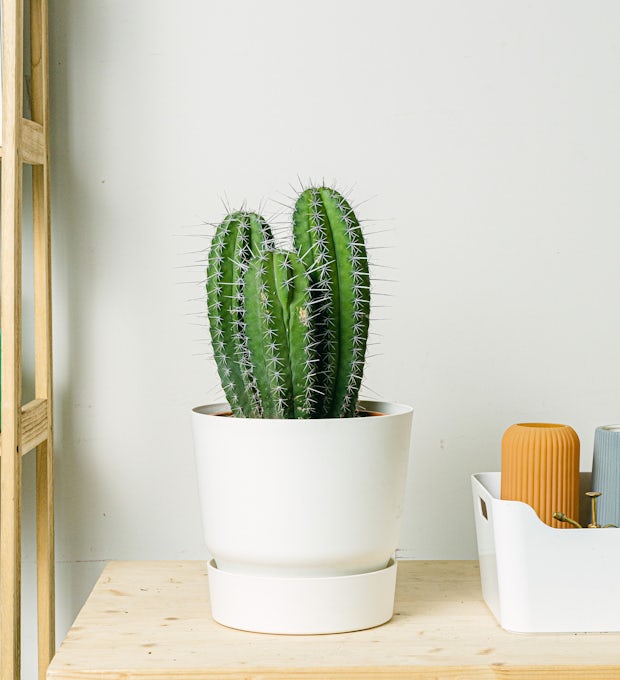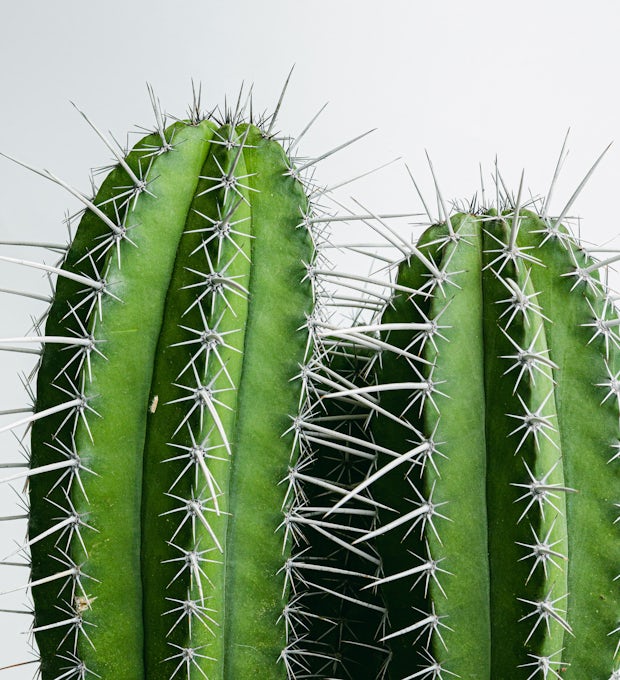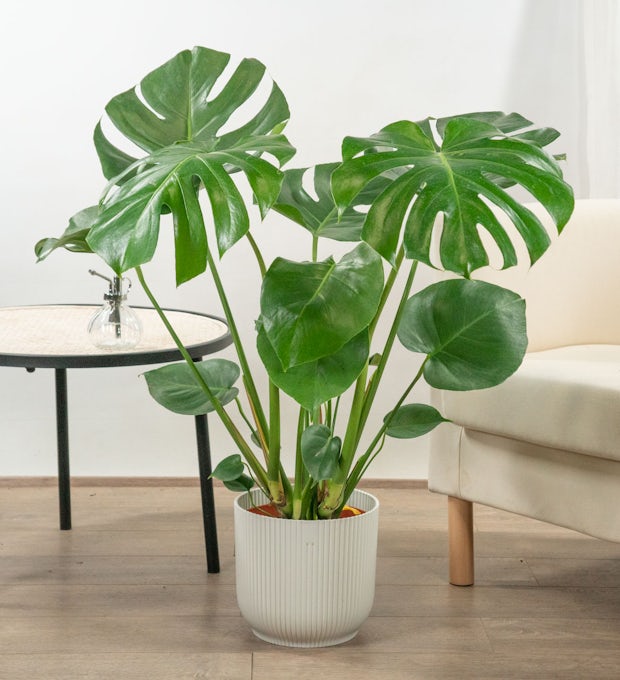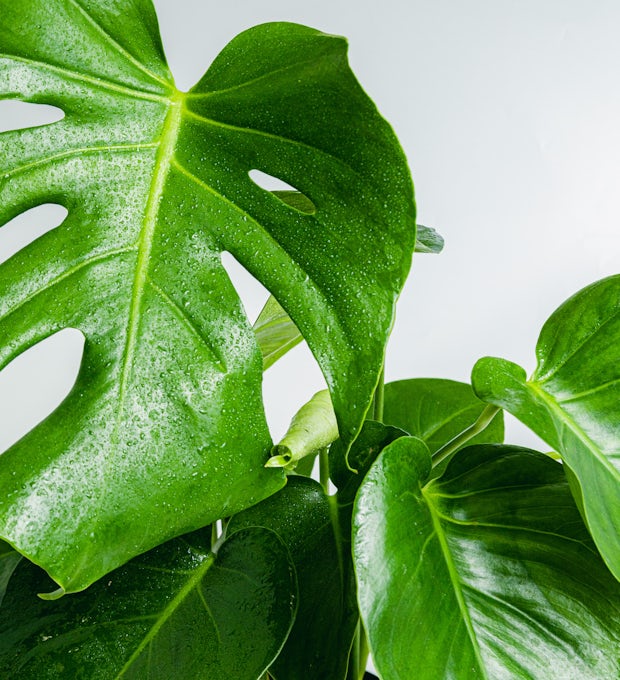Have you ever wondered what the secret is to keeping your houseplants looking radiant and healthy? Well, let me tell you, the answer lies in the right substrate. Yes, that's right, choosing the right substrate can make the difference between plants that grow vigorously and ones that wilt quickly. But don't worry, here you'll find simple, easy-to-follow tips for choosing the perfect substrate for your houseplants. So get ready to discover the secrets of the substrate world and be amazed by the results. Start!
Importance of Choosing the Right Substrate
Choosing the right substrate is essential for the healthy growth and development of our houseplants. It's like choosing the foundation of a house, if it's not solid and stable, everything we build on top of it can crumble. By selecting the right substrate, we ensure that our plants have access to the nutrients and conditions needed to thrive.
The substrate acts as a reservoir of water and nutrients for the roots of the plants. If we choose the wrong substrate, we run the risk of suffocating the roots or leaving them malnourished. In addition, an inappropriate substrate can retain too much water, which can lead to the development of fungi and diseases in our plants.
Each type of plant has different needs in terms of substrate. Tropical plants, for example, require a substrate with good water-holding and drainage capacity to mimic their natural conditions. On the other hand, cacti and succulents need a substrate that allows for quick drainage and prevents excessive water accumulation.
It is important to research the specific characteristics of each type of plant and choose the substrate that best suits them. This will ensure that our plants are happy and healthy in their indoor environment.
In short, choosing the right substrate is crucial for the success of our houseplants. Let's not underestimate the importance of this fundamental aspect in the care of our beloved plants.
Types of substrates and their characteristics
There are different types of substrates that can be used for houseplants, each with unique characteristics that suit the needs of different species. Some of the most common substrates include potting soil, peat moss, perlite, and vermiculite.
Potting soil is a basic substrate that is primarily made up of a mixture of soil, sand, and organic matter. It is ideal for most houseplants, as it retains moisture and provides the nutrients needed for healthy growth.
On the other hand, peat moss is a very light and fluffy substrate that retains moisture efficiently. It is perfect for plants that require a high level of humidity, such as tropical plants. In addition, peat moss also helps to improve the aeration of the substrate.
Perlite and vermiculite are inorganic substrates that are primarily used to improve soil drainage. Perlite is an expanded volcanic material that helps keep the substrate loose and allows for better airflow. On the other hand, vermiculite retains moisture and prevents waterlogging of the soil.
Each type of substrate has its own characteristics and benefits, so it's important to choose the right one according to your plants' needs. Remember that the right substrate will provide your plants with the necessary nutrients, allow good drainage, and retain adequate moisture for optimal growth.
We ship plants to all locations, you can see more options here.
The Perfect Substrate for Tropical Plants
When it comes to tropical plants, the right substrate is key to their optimal growth and development. These exotic plants need a substrate that retains moisture effectively, but also allows for good drainage to prevent waterlogging of the roots. The perfect substrate for tropical plants should be light and airy, which will allow the roots to breathe and develop healthily. In addition, it is important that the substrate contains the necessary nutrients to meet the demands of these large, showy leaved plants.
An ideal substrate for tropical plants can be composed of a mixture of peat moss, perlite, and coco coir. Peat moss retains moisture, while perlite provides good aeration and drainage. Coco coir, on the other hand, helps maintain a good substrate structure and improves water retention. This combination creates a favorable environment for tropical plant roots, allowing for healthy and vigorous growth.
When choosing the right substrate for your tropical plants, it's important to consider the specific needs of each species. Some tropical plants may require a more acidic substrate, while others may prefer a more alkaline one. Additionally, it is critical to ensure that you provide good drainage in the pots, using containers with holes in the base or adding layers of gravel at the bottom.
In short, the perfect substrate for tropical plants should be light, airy, and able to retain adequate moisture. With the right substrate, these exotic plants will be able to thrive and show off their beautiful tropical leaves in all their glory. There's nothing more rewarding than watching our tropical plants grow happily and healthy!
We ship plants to all locations, you can see more options here.
How to Choose the Ideal Substrate for Cacti and Succulents
When it comes to caring for our cacti and succulents, choosing the right substrate is essential for their development and survival. These plants have specific needs due to their ability to store water in their tissues. That's why it's important to opt for a substrate that allows for quick drainage and prevents waterlogging, as excess moisture can lead to disease and root rot.
The ideal substrate for cacti and succulents should be composed of a mixture of materials that provide good drainage and retain just the right amount of moisture. A popular option is to combine coarse sand, perlite, and potting soil in equal proportions. The sand and perlite will help prevent waterlogging, while the soil will provide the nutrients needed for healthy growth.
It is important to remember that each species of cactus and succulent may have different requirements, so it is advisable to research the specific needs of each plant before choosing the substrate. Some species may require a grittier mix, while others may need greater moisture retention.
In summary, when choosing the ideal substrate for cacti and succulents, we must look for a combination that allows good drainage, prevents waterlogging and provides the necessary nutrients. This will ensure healthy and long-lasting growth for our plants. So don't forget to pay attention to this key detail and enjoy the charm of your cacti and succulents in all their glory.
Special substrates for orchids and epiphytic plants
Did you know that orchids and epiphytic plants need a special substrate to grow optimally? These plants are unique and have particular needs, so it's important to choose the right substrate for them. Unlike other houseplants, orchids and epiphytes cannot live in ordinary soil. They need a substrate that provides excellent aeration and drainage. An ideal substrate for these plants is one that contains pine bark or sphagnum moss, as it retains moisture without letting the roots rot. In addition, this type of substrate allows them to absorb the nutrients necessary for their growth. When choosing the substrate for your orchids and epiphytic plants, make sure it is porous and light, to prevent water accumulation. Remember that these plants grow naturally on trees and rocks, so they need a similar substrate to thrive in your home. So don't forget to provide them with a specialized substrate so they can show off their beautiful flowers and lush leaves.
Tips to improve the quality of your home substrate
When it comes to caring for our houseplants, choosing the right substrate is essential. But what if we can't find the ideal substrate in stores? Don't worry, here are some tips to improve the quality of your homemade substrate! First, make sure you're using a balanced mix of organic matter and minerals. You can do this by mixing compost with sand or perlite. This will help retain moisture and provide nutrients to your plants. In addition, it is important to consider the aeration of the substrate. To achieve this, you can add vermiculite or coco coir to the mix. These materials will help keep the substrate loose and allow the roots to breathe properly. Another way to improve the quality of your homemade substrate is to add natural fertilizers. You can use crushed eggshells or coffee grounds to provide additional nutrients to your plants. Also remember to check the acidity of the substrate. Some plants prefer a more acidic pH, while others need a more alkaline pH. You can adjust the pH of the substrate by using products such as peat moss or agricultural lime. With these simple tips, you can improve the quality of your home substrate and provide your plants with the ideal environment to grow and thrive. Your indoor garden will thank you!
The importance of drainage and aeration in the substrate
When it comes to choosing the right substrate for our houseplants, we can't overlook the importance of drainage and aeration. These two factors are essential to ensure healthy and vigorous growth of our plants. Imagine for a moment that you are in a closed room with no windows or doors; The air would become stagnant and hard to breathe, right? The same goes for plant roots. If the substrate does not allow good drainage and adequate air circulation, the roots can rot and the plants can die.
Drainage refers to the ability of the substrate to allow excess water to seep down and out of the container. This prevents the roots from being constantly submerged in water, which can lead to problems such as root rot and lack of oxygen. On the other hand, aeration refers to the ability of the substrate to retain a certain amount of air between its particles. Oxygen is vital for roots, providing them with the nutrients needed for their development.
To ensure good drainage and adequate aeration in the substrate, it is important to choose one that contains materials such as perlite, vermiculite or coarse sand. These materials help create spaces between the substrate particles, allowing water to flow freely and air to circulate through the roots. In addition, it is advisable to use pots with holes in the base to facilitate the drainage of excess water.
In short, don't underestimate the importance of drainage and aeration when choosing the substrate for your houseplants. Remember that a well-drained and airy substrate is key to keeping your plants healthy and happy.
Choosing the right substrate for our houseplants is essential for their growth and health. Throughout this article, we have explored the importance of this choice, the different types of substrates and their characteristics, as well as tips to improve the quality of the home substrate. Now that you have all this information, I encourage you to dive into the world of gardening and experiment with different substrates to find out which one works best for your plants. See how they react, how they grow, and how they bloom. Choosing the right substrate can make all the difference in the development of your houseplants and give you unique satisfaction from watching them thrive. So go ahead and explore and enjoy your indoor garden! And remember, there is always more to learn and discover in the exciting world of botany

